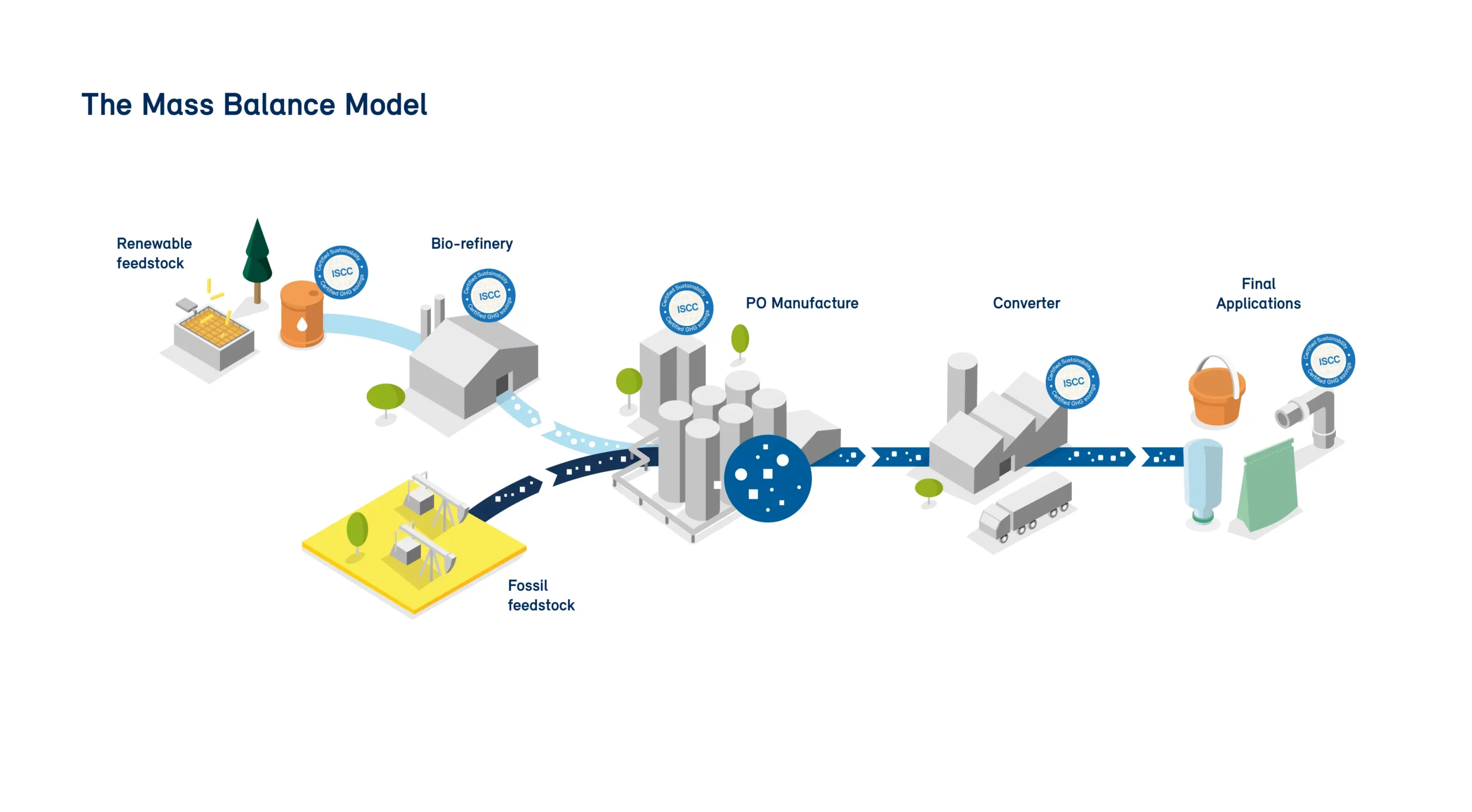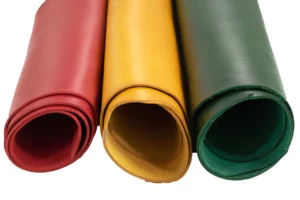The Mass Balance Approach: Reducing Your Dog’s Carbon Pawprint
As a caring dog owner, you may be surprised to discover that the dog supplies you use could contribute to greenhouse gas emissions. The chemical industry, responsible for producing many ingredients found in dog supplies, is a significant emitter of greenhouse gases and relies heavily on fossil fuels. However, there is an innovative solution called the mass balance approach that can help mitigate this impact and promote the transition towards renewable feedstocks. In this article, we will delve into the advantages and limitations of the mass balance approach in achieving sustainability for dog supplies. By understanding these factors, you will be equipped with valuable knowledge to make informed and conscious decisions about the products you choose for your four-legged best friend.
What is the Mass Balance Model?
The mass balance approach is a method being adopted in the production of dog supplies to facilitate the use of recycled and renewable feedstocks while phasing out reliance on fossil fuels. This approach allows companies to mix both renewable and non-renewable feedstocks during the production process while precisely tracking the sustainability impact of their choices. By implementing a certification system, it ensures that the amount of sustainable feedstocks used matches the company’s claims.

How Does Mass Balance Work for Dog Supplies?
In the context of dog supplies, the mass balance approach follows the principle of the conservation of mass. It involves carefully monitoring the inputs and outputs of materials used in the manufacturing process. Recycled or bio-based raw materials are introduced into the production process, and their utilization is closely monitored. Certification guarantees the presence of renewable content in dog supplies manufactured through the mass balance approach, even if individual products may not solely consist of renewable materials.
Advantages of the Mass Balance Model for Dog Supplies
The mass balance approach offers several benefits for companies producing dog supplies while transitioning towards sustainable practices. It enables companies to incorporate both renewable and non-renewable feedstocks in their production process, facilitating a gradual shift towards renewable alternatives. Additionally, this approach ensures that the sustainability impact of the company’s choices is monitored and certified, thereby reducing their environmental footprint and supporting sustainable practices.
Potential Drawbacks of the Mass Balance Model for Dog Supplies
While the mass balance approach is a step in the right direction, it has received criticism from some quarters. One critique is that the approach permits companies to continue using non-renewable feedstocks, although at reduced rates, rather than phasing them out completely. Critics argue that this may undermine the overall transition towards sustainable feedstocks. However, proponents of the mass balance approach contend that it provides a more realistic and achievable pathway towards sustainability for companies that may not have the resources or capacity to switch to 100% renewable feedstocks overnight.
Another criticism of the mass balance approach is related to the certification process. The certification process may not be robust enough to ensure that the claimed amount of sustainable feedstocks is indeed used in the production process. Some critics argue that there is a lack of transparency and accountability in the certification process, which undermines the credibility of the approach. It is important to note, however, that certification schemes for mass balance are still evolving, and efforts are being made to improve the robustness of the process.
Conclusion
In conclusion, the mass balance approach presents a promising framework for promoting sustainability in the production of dog supplies. While it may not be a perfect solution, it offers a practical and scalable approach for companies to transition towards more sustainable practices.
It is crucial to acknowledge both the advantages and potential drawbacks of the mass balance approach for dog supplies. One advantage is its ability to facilitate a gradual shift towards renewable feedstocks, which reduces reliance on non-renewable resources. Additionally, the mass balance approach allows for monitoring and measuring the sustainability impact of dog supplies, providing transparency to consumers.
However, it is important to address potential drawbacks. One such drawback is the continued use of non-renewable feedstocks in the manufacturing process. This is a challenge that needs to be overcome to achieve full sustainability. Furthermore, the ongoing improvement of certification processes is necessary to ensure the credibility and integrity of the mass balance approach.
Despite these challenges, the application of the mass balance approach represents a significant step towards a more sustainable future in the pet care industry. It is encouraging to witness continuous efforts to refine and enhance this approach, indicating a commitment to progress.
By choosing dog supplies manufactured through the mass balance approach, you contribute to a more environmentally conscious and responsible pet care industry. Your support and consumer choices play a vital role in driving the adoption of sustainable practices and fostering a greener future.
More Posts
Join Our Pack
Sign up to receive updates on promotions, early access to new value-based products of high quality & style, dog product sustainability information and more. You also get 15% off your next purchase.
Walk in Style with the BO Walking Collection
Take Advantage of Our Bulk Buy Special!
🐾 Buy one, get 20% off the cheapest item in the shopping cart!
Key features:
- ♡ Made with over 30% certified renewable materials using the mass balance approach.
- ♡ Handmade in Italy
- ♡ Lightweight
- ♡ Woman-owned brand
- ♡ 10% of the brand's profits go to a charity that helps ownerless dogs



